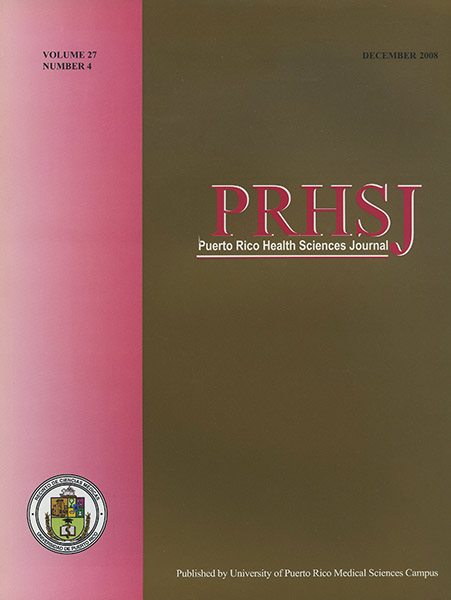Resumen
Kawasaki disease is an acute, self-limited vasculitis of childhood and the principal cause of acquired heart disease in children in several parts of the world. Its major morbidity and mortality is related to the development of coronary aneurysms. The long-term impact of this disease in adults is not known, however, clinically silent coronary artery aneurysms may be recognized after a sudden cardiac event, even death. We report a case of Kawasaki disease in a young asymptomatic Puerto Rican man who presented to our Adult Cardiology Clinic with multiple giant coronary aneurysms. A brief review of the epidemiology, etiology, pathophysiology, clinical features, therapeutic modalities, prognosis and complications of this condition is also included.
Authors who publish with this journal agree to the following terms:
a. Authors retain copyright and grant the journal right of first publication with the work simultaneously licensed under a Creative Commons Attribution License that allows others to share the work with an acknowledgement of the work's authorship and initial publication in this journal.
b. Authors are able to enter into separate, additional contractual arrangements for the non-exclusive distribution of the journal's published version of the work (e.g., post it to an institutional repository or publish it in a book), with an acknowledgement of its initial publication in this journal.
c. Authors are permitted and encouraged to post their work online (e.g., in institutional repositories or on their website) prior to and during the submission process, as it can lead to productive exchanges, as well as earlier and greater citation of published work (See The Effect of Open Access).
